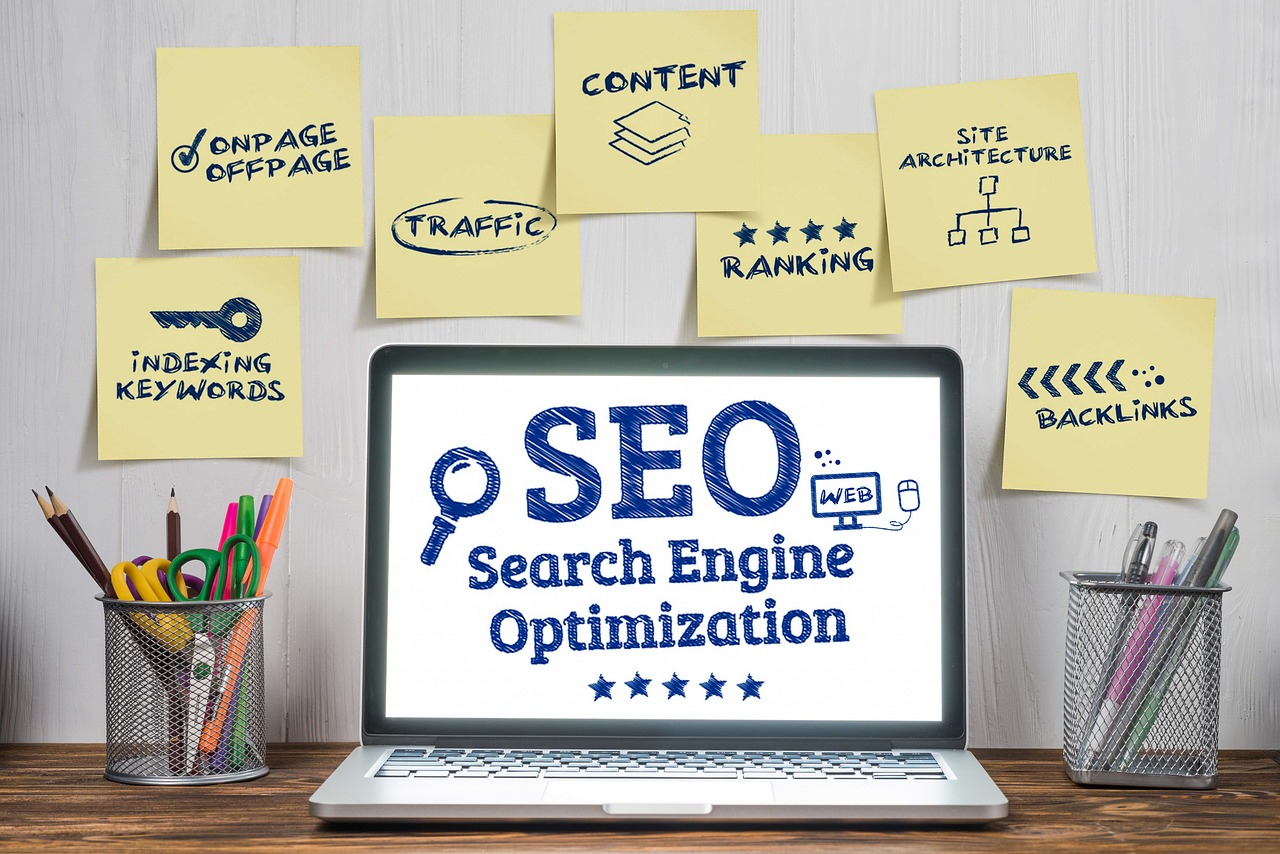In a world where everything is at the tip of your fingers with a click, digital marketing is the way to go, be it for exposure to your brand or to cultivate an organic client base. SEO or Search Engine Optimization, is an important part of any digital marketing strategy to achieve long-term success.
Here’s a simple guide to SEO for beginners to understand how it works and its importance in the digital marketing landscape to drive organic and consistent traffic to your website.
What is SEO?
Billions of people use Google to search for a particular product or service that might be related to your brand and business, SEO increases the discoverability of your content on the internet and increases the visibility, value, and performance of your website to gain attention and attract consumers.
To understand how SEO works, first, we need to understand how Google search works.
Google search is fully automated and not manual so software known as web crawlers crawl the internet looking for pages to add to its search index, then the algorithms examine the index pages, made up of hundreds of signals and ranking features, to determine which pages should appear first in the search results. SEO is important because it helps convince Google that you deserve a top ranking.
What does SEO include?
There are 5 key components of a successful SEO strategy:-
- Keyword
SEO keywords are words and terms you need to add to your content to boost search engine ranking. They are the foundation of SEO, you need to find out what people are searching for.
For example – You’re selling a weight loss program, the seed word is weight loss but there are millions of weight loss programs available, so what sets you different, and gets you ranked? Look for words your competitor is using, and you may find more actual competitors in the search results for “weight loss tips.” or “how to lose weight at home?”. Longer keywords and phrases are more specific and less competitive.
- Content
Anything we see online can be categorized as content, but any content that we come across to attract traffic to a certain website or product can be categorized as SEO content.
Writing SEO-friendly content is important, as it increases your chances of being ranked higher on search engines. Make sure the content is enjoyable and informative, with keywords sprinkled naturally and sparingly throughout. Examples include blogs, reviews, and how-to guides, among others.
- Technical SEO
Technical SEO makes sure your website is fast to load and easier to understand and store content. Make sure your site is mobile-friendly and uses HTTPS to secure your website because Google considers both factors important ranking signals. Submit your sitemap to Google so crawlers can access your content and index your website for better search result rankings.
- On-Page SEO
On-page SEO is on-page because it is also visible to the visitors to your page, every aspect of on-page SEO is under your control and dictated by YOU. It includes descriptions, content quality, headers, HTML elements, URLs, page titles, internal linking(it directs visitors to different website pages), Images and Image Alt Text to help search engines understand the images on your site.
- Off-page SEO
Off-page SEO means using external sources to build your brand reputation. Off-page SEO happens outside the site unlike on-page SEO, the strategies involve creating your brand outreach and impact across the internet and several platforms. You can use influencer outreach, Backlinks from other sites to your website, social media platforms such as Instagram and Facebook, Promotions, Guest posts, brand mentions, and digital PR to raise brand popularity, visibility, and credibility.
How to measure SEO success?
- Track the organic traffic on your website, and how much time visitors spend on what; if the number of unpaid searches is going up consistently then your SEO strategies are working and connecting with users.
- Look for your keyword rankings, and monitor them through Google Search. The higher your rank, the more effective your keywords and will bring more website traffic.
- Monitor the conversion rate on the website to track when visitors take direct action such as signing up for emails, purchasing an item, adding an item to their cart or just saving an item in their wishlist.
Now that you’ve read your Beginner’s Guide to SEO; go forth and start strategizing and optimizing.




